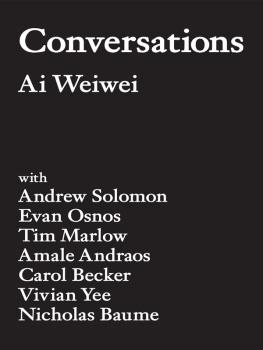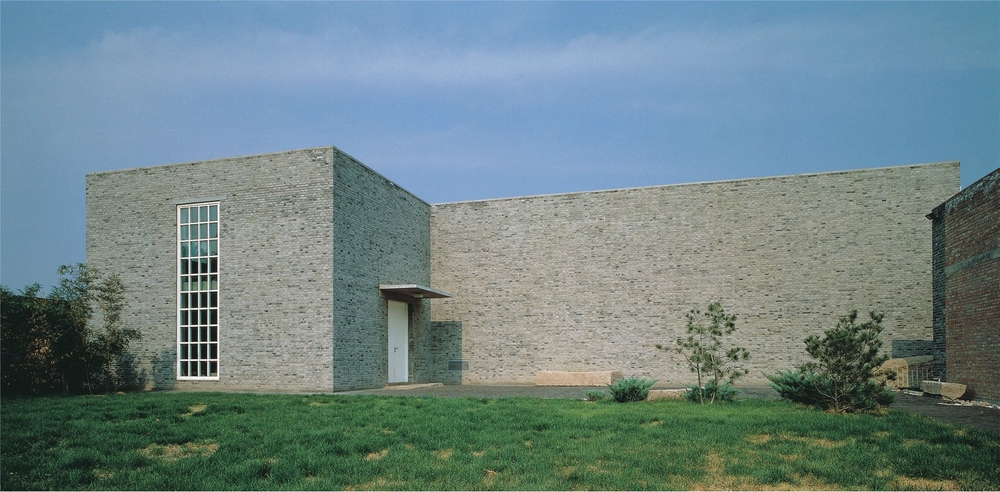
1
Studio House, Beijing 1999
Instead of putting a personal mark on something as an artist, you set up a structure, you make room for possibilities.
Ai Weiweis house and studio complex, FAKE Design, is located in Beijings northeast Caochangdi district, a semi-industrial area near the citys fifth ring road and not far from Beijing Capital International Airport. The studio bustles with activity day and night, while at its centre Ais nonchalant presence belies his radical thinking and incessant output. The constant stream of visitors to the studio includes musicians, actors, collectors, curators, architects, academics, fashion designers, journalists and film crews, many of whom are informally photographed by Ai and their images posted directly onto the internet, part of his approach to making his life and art transparent.
Before it was shut down by the Chinese authorities in May 2009, Ai had a popular blog on which he posted thousands of documentary images of his life alongside poignant social and political commentaries. He now avidly uses Twitter, on which he currently has over fifty thousand followers, to communicate his philosophical and political views. Ais other, larger studios are located further outside the city, and accommodate skilled craftsmen who produce his dysfunctional sculptures using ancient Chinese furniture and complex temple-wood structures. Ai also has his own kiln and a dedicated team in Jingdezhen, the porcelain city in southern Chinas Jiangxi Province, producing his varied ceramic works and continually experimenting with new ceramic forms.
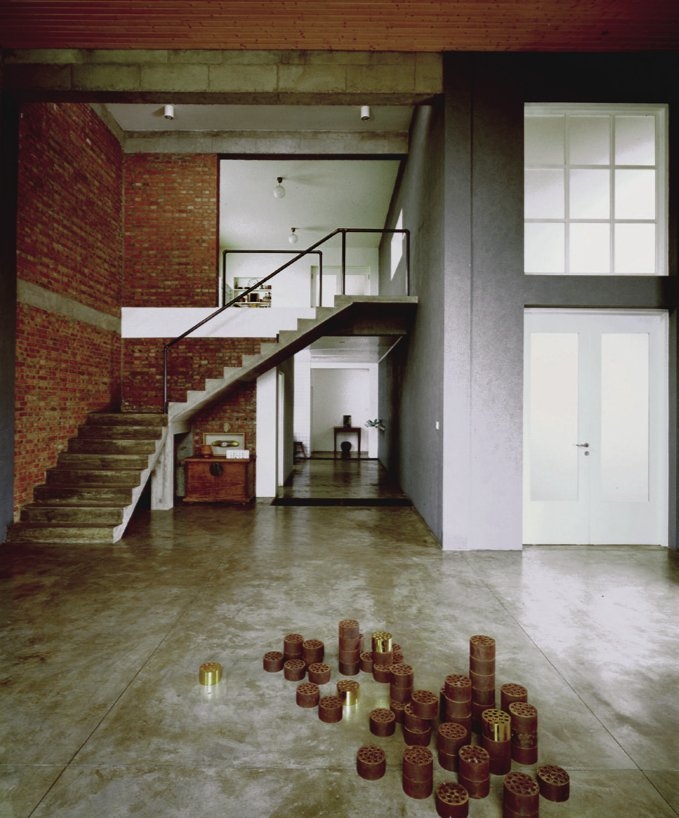
2
Studio House, Beijing 1999
Ai has recently been threatened with eviction from his Caochangdi studio, as have other artists and gallerists in the area: the surrounding small-holdings are currently being demolished in order for rapid reconstruction to take place as part of Chinas frenetic urbanisation. In the late 1990s, with no prior architectural training, Ai designed his studio complex in an afternoon and had it built in less than two months, using a common brick to create a minimal style (figs.1, 2) that has since generated many architectural commissions for his Studio from designing a monument for the Jinhua Architecture Park in Zhejiang (fig.3) to the Three Shadows Photography Art Centre in Beijing as well as many imitators. Ais own architectural endeavours were inspired by a house that the philosopher Ludwig Wittgenstein had built for his sister in Vienna, of which Ai has commented: Hes so articulate in his expression. He tried to crack the absolute truth there. The effort, the repeated effort, made all his practice become one just one act. Providing a structure, such as enabling 100 individual approaches to architecture, is a strategy that Ai has used and continues to use in his work, from his conceptual anthology books of the 1990s (the Black, White and Grey Cover books); curatorial projects, most notably Fuck Off (2000); participatory works like Fairytale for Documenta 12 (which enabled 1,001 individual experiences in Kassel) to the challenges that he continues to set for his artisans working with carpentry and ceramics.
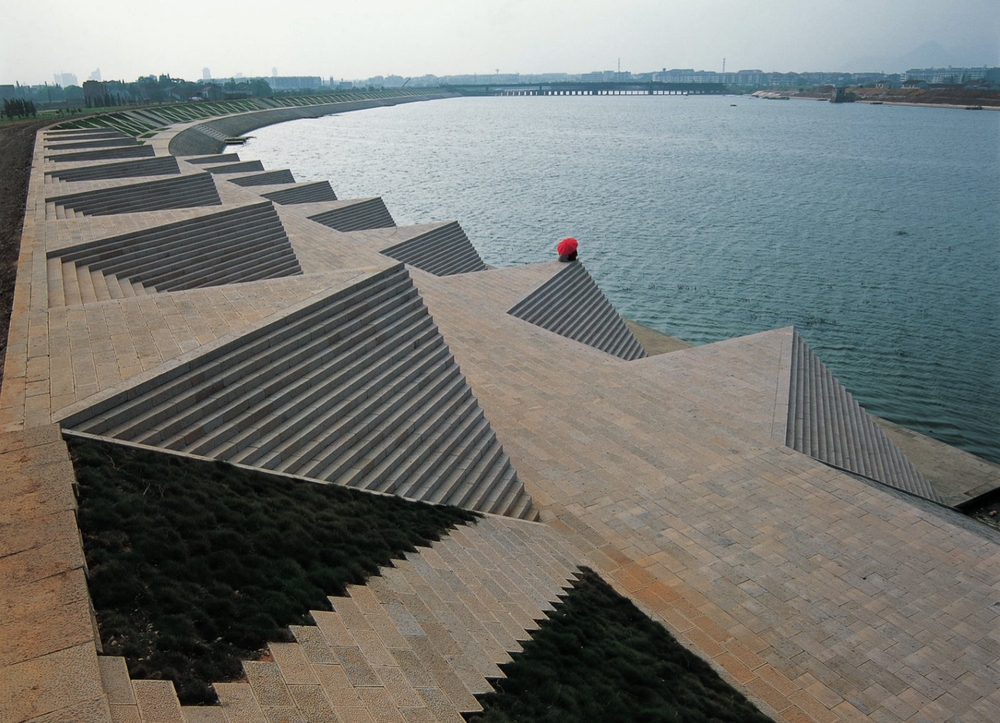
3
Yiwu Riverbank, Jinhua, China 2004
Ais journey to his current position of cultural influence and international acclaim as a Conceptual artist and architect has involved a long struggle: a childhood of poverty, a father who was excluded from society during Maos regime; his own aimlessness and anonymity during a decade in New York in the 1980s as a young man; and a sense of alienation from the Chinese art world upon his return to Beijing in the early 1990s. Even now his situation is in certain senses an unstable one, with not only the threat of eviction hanging in the air but continued official interest in his outspoken comments on Chinese society via his internet activism, spontaneous protests and campaigning activities for human rights and freedom of expression in China.
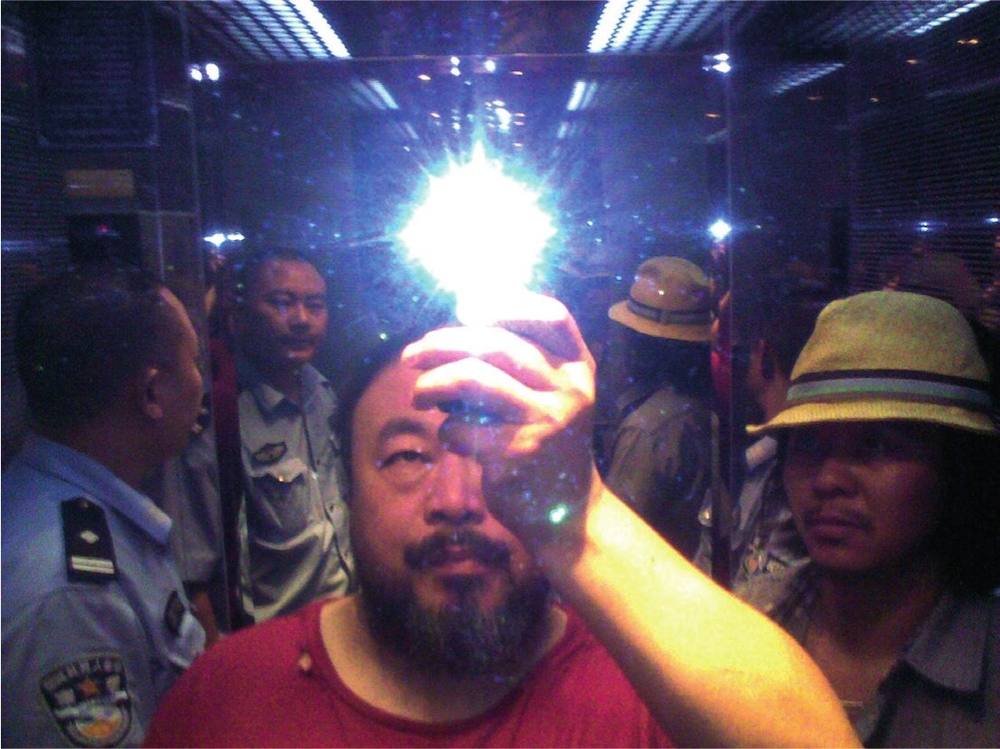
4
Ai Weiwei with rock star Zuoxiao Zuzhou in the elevator when taken into custody by the police, Sichuan, China, August 2009
Ais life and art are entwined to the extent that, quoting Marcel Duchamp, he has referred to himself as a readymade. Ai has been the protagonist in various iconoclastic performance actions, most notably Dropping a Han Dynasty Urn 1995 (fig.44), and provocative gestures including the Study in Perspective series of photographs from 1995 2003 (figs.57) in which he gives the finger to various cultural and political symbols of power. Though he takes a conceptual approach, Ai engages directly with objects often culturally specific from his lamps, chandeliers and lanterns (see Descending Light 2007; fig.8), which evoke overtly ostentatious forms found in official Chinese buildings, to installations using tables, beams and pillars from dismantled temples of the Qing dynasty (for example Fragments 2005 (fig.9) and Through 20078;) or variations of rectified readymades and more recently, mobilisations of the public (Fairytale 2007; figs.11, 12, 13)
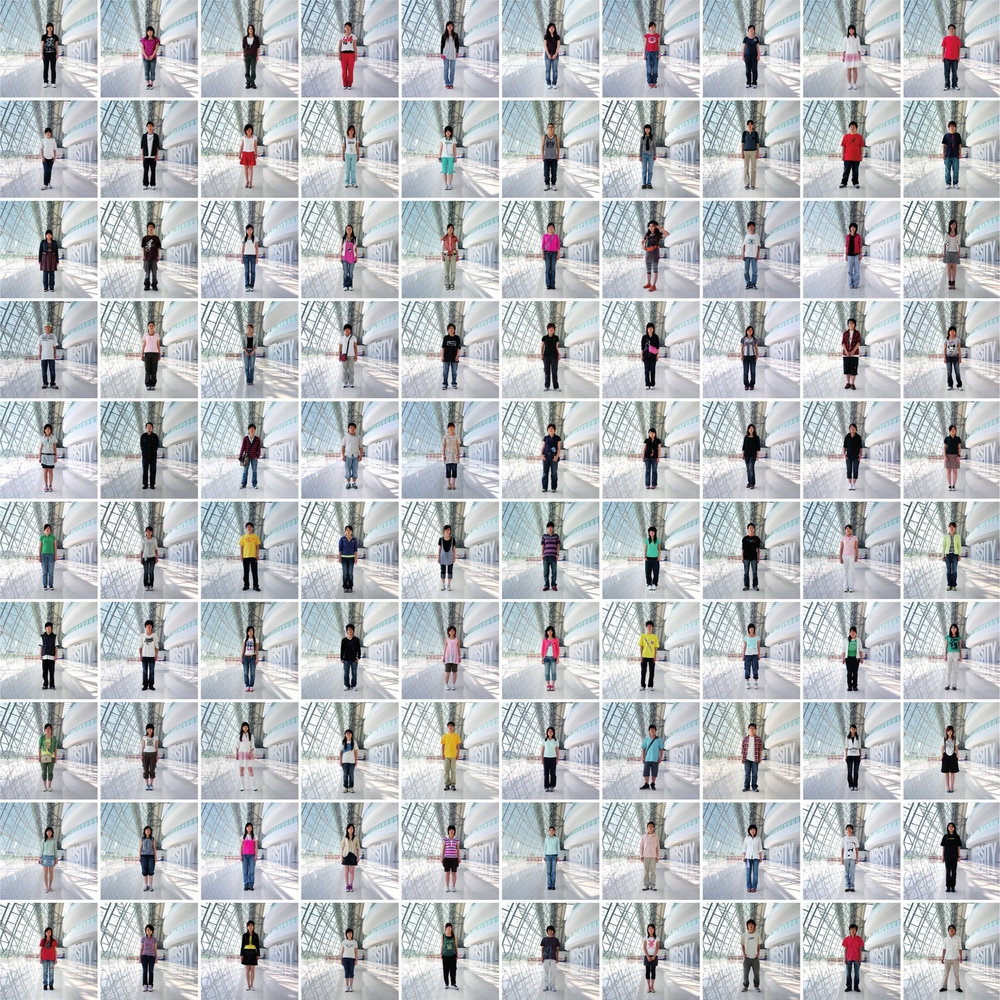
12
Fairytale 2007 1,001 Chinese visitors, 1,001 c-prints Project for Documenta 12, Kassel, Germany 2007
NOTES
Art and Cultural Policy in China: A Conversation between Ai Weiwei, Uli Sigg and Yung Ho Chang, Moderated by Peter Pakesch, ed. Cristina Bechtler, Vienna and NewYork 2009, p.109.
See Ai Weiweis Twitter in Chinese at http://twitter.com/AIWW or see in English (beta) communitybased translation co-ordinated by Jennifer Ng and An Xiao at http://aiwwenglish.tumblr.com
The link for San Hua was tweeted by Ais Studio on 4 July 2010. At the time of writing, the link had received more than one hundred thousand hits. Footage from the sixty-eight-minute documentary, filmed between December 2009 and April 2010, shows how cats are captured in Chinas major cities and transported for the exotic food trade in the southern city of Guangzhou, Guangdong Province, enduring great cruelty. For Ai, such brutality is indicative of societys inability to empathise: Abuse and torture happens in this society because you dont care about suffering that you dont feel yourself. (http://www.globaltimes.cn/www/english/metro-beijing/update/society/2010-07/554272.html)
Ai Weiwei, interview with Hans Ulrich Obrist, in Karen Smith, Hans Ulrich Obrist, Bernard Fibicher et al., Ai Weiwei, London 2009, pp.223.
See http://www.ordos project.com/
In 2009, Ai protested online and instigated a public event against Green Dam, which was a plan by the government to install an information filtering system on every computer in China.


